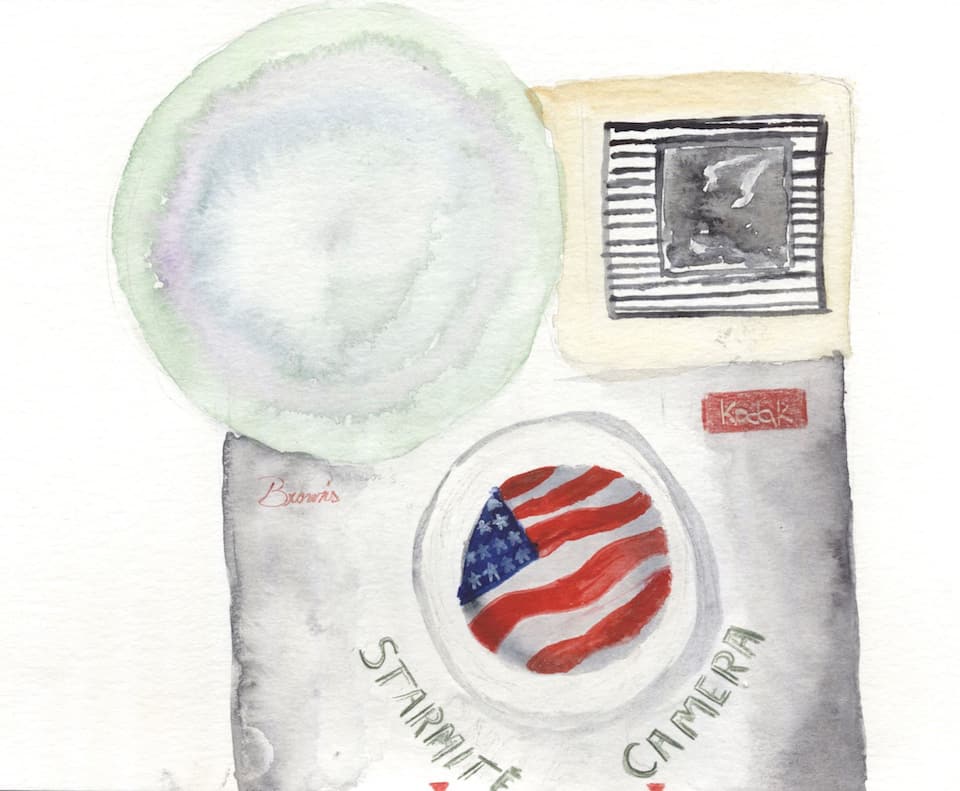[dropcap]I[/dropcap] took an afternoon walking tour of Harlem, New York around the same time I watched Walter Hill’s Warriors (1979) for the first time. With little knowledge of the area, my perception of northern Manhattan was regrettably limited to an apocalyptic action thriller starring Michael Beck.
While the area itself served to immediately dismantle this perception, the tour didn’t do much to shed light on the neighbourhood’s history, either. Gentrification had settled in nicely. Our tour guide told us that average asking prices for real estate could range between one and four million dollars.
Weirdly, a tour of a Toronto art gallery exhibit appears to have shed more light on the disenfranchised corners of America than the actual locations themselves. The AGO’s Outsiders: American Photography and Film, 1950s-1980s captures the existence of forgotten communities in the land of the free. In doing so, we’re presented with raw documentation of impoverished communities, taboo lifestyles, and hidden secrets, thought to be disposed of prior to the turn of the century.
It’s a valiant effort for an ambitious project; documenting four decades worth of societal evolution is no easy gig.
Each room in the exhibit — and there are six of them — display the collection of a single photographer. Most of the action takes place in New York, it seems, but an occasional group of visuals from Maryland or the Deep South will pop up here and there.
There’s no chronological order of which I was made aware of, either, but that’s no problem: each photographer’s catalogue encapsulates a community far separate from the rest.
[pullquote-default]It’s a valiant effort for an ambitious project; documenting four decades worth of societal evolution is no easy gig.[/pullquote-default]
The exhibit resolves to ease you in with the photography of Gary Winogrand, a street photographer from the Bronx whose work traversed the 50’s and 60’s. The concept is presented through photos of bohemian shoppers and shaggy-headed protesters, and the message is fairly simple: American life in the postwar period is better, but only for some.
“You could say that I’m a student of photography,” his bio in the gallery reads. “And I am – but really I’m a student of America.”
Finished with the easy stuff, the exhibit stomps on the gas peddle by the time you glance through room number two. It’s here that we discover the nauseating disposition of Harlem in the 1960’s. Photographer Gordon Parks, the first African-American staff photographer for Life magazine, captures the deplorable living conditions for large populations that crammed themselves into the brownstones of northern Manhattan.
Heating is remote, and rooming is accompanied by small rodents and house-pests. I had previously been wondering why a picture of John F. Kennedy — his back turned to the camera — had marked the entranceway to this room, but it becomes fairly obvious upon seeing the documentation of a community ignored by its government.
The exhibit aims to uncover the true outsiders of America. Not the hippies — whose counter-culture lifestyle eventually morphed into mainstream culture — nor the Beat Generation, whose hyper-masculinity could tend to obscure the movement’s nobility. Rather, the exhibit uncovers the not-so-romanticized outsiders of America: cross-dressers in 70’s New York; mentally disabled patients in remote New England institutions; impoverished city-dwellers riddled with unemployment and substance abuse.
The photographs provided are less fascinating in terms of artistic merit as they are in terms of actual subject matter.
The exhibit ends with the work of Danny Lyon, a photographer who got in with the Chicago Outlaw Motorcycle Club and documented their journey across the States in true Sons of Anarchy fashion. Again, here the exhibit returns to a rather cliché photographic style.
Considering what lies in between, though, it strikes a necessary balance.


